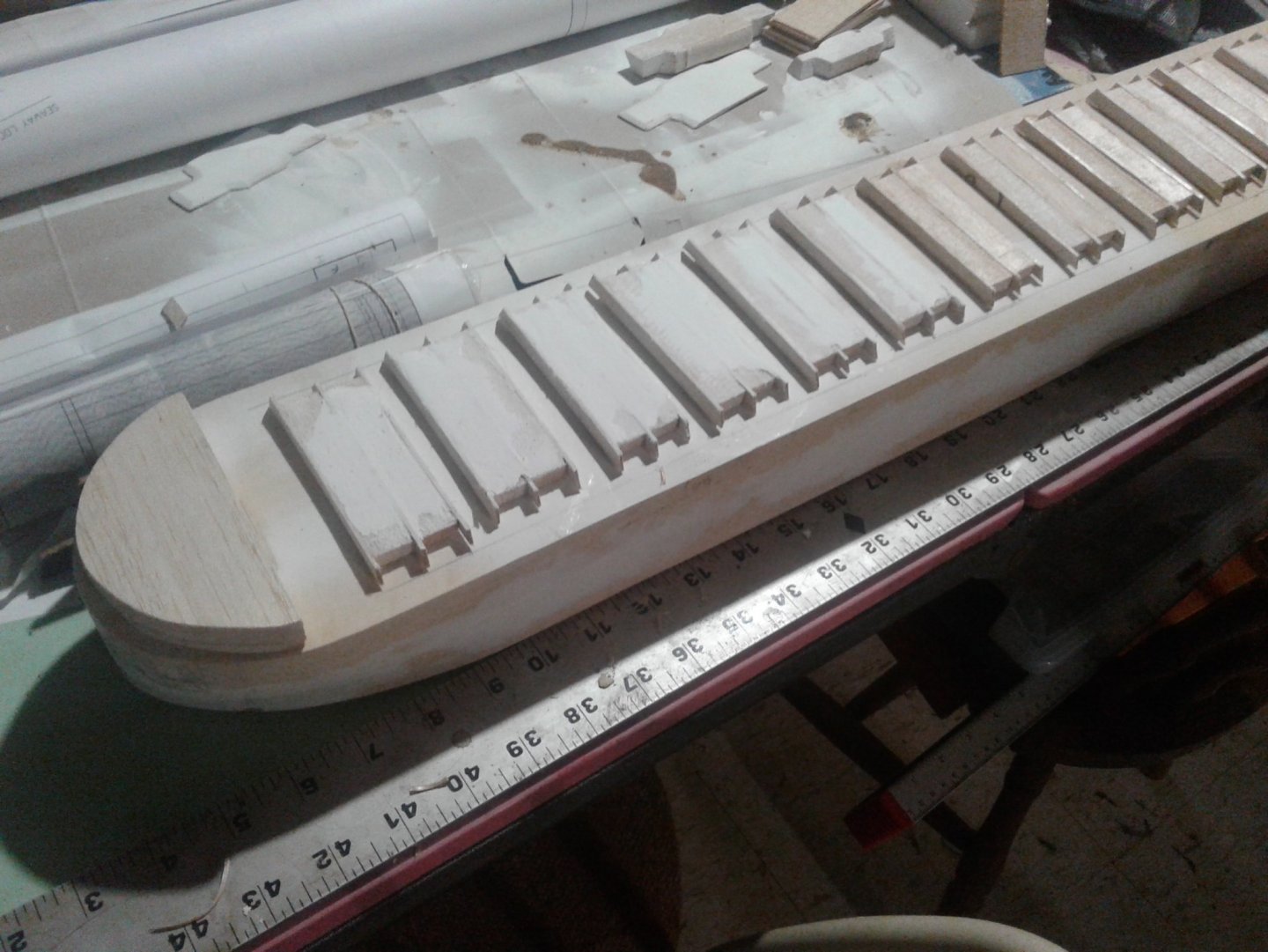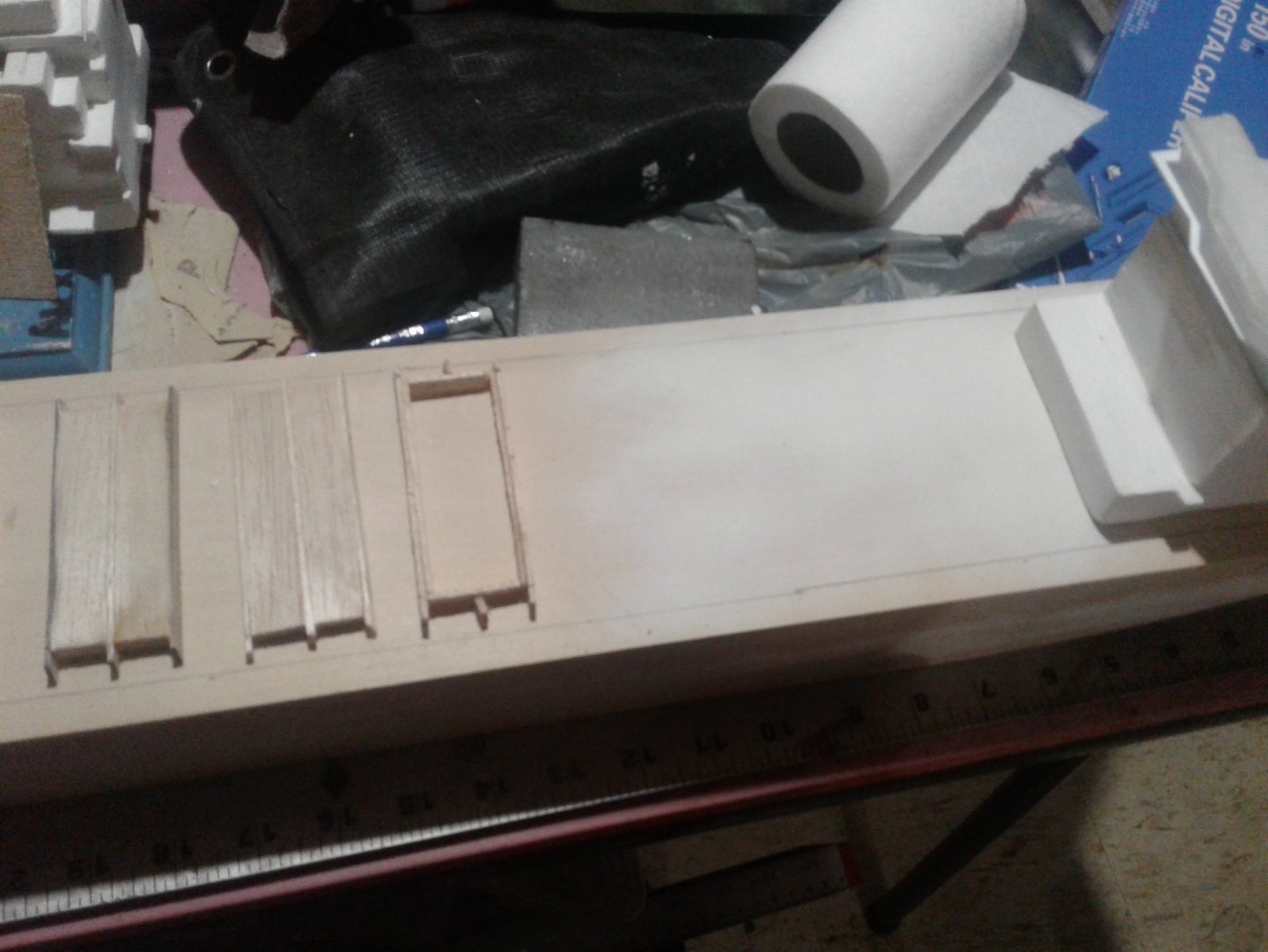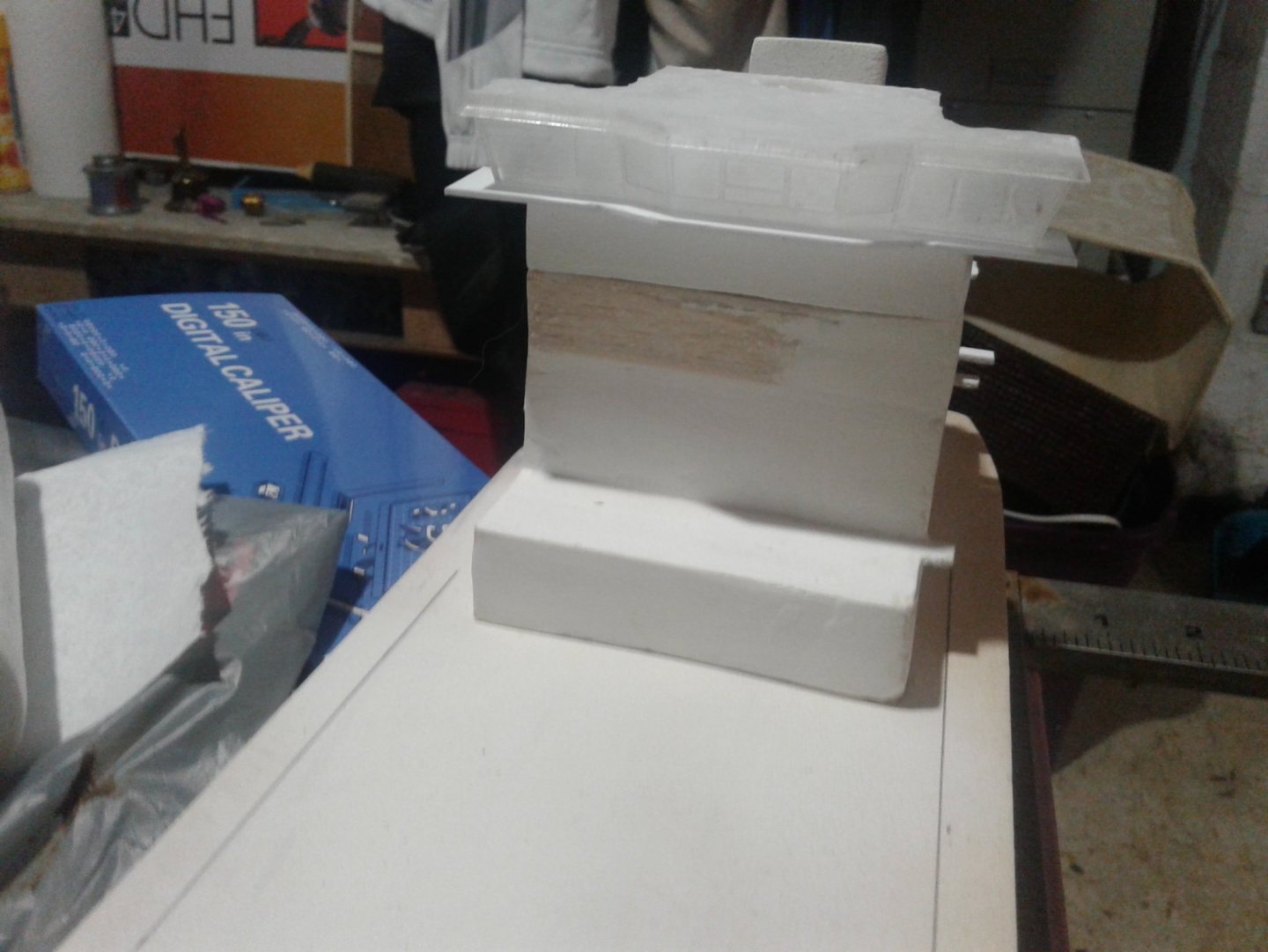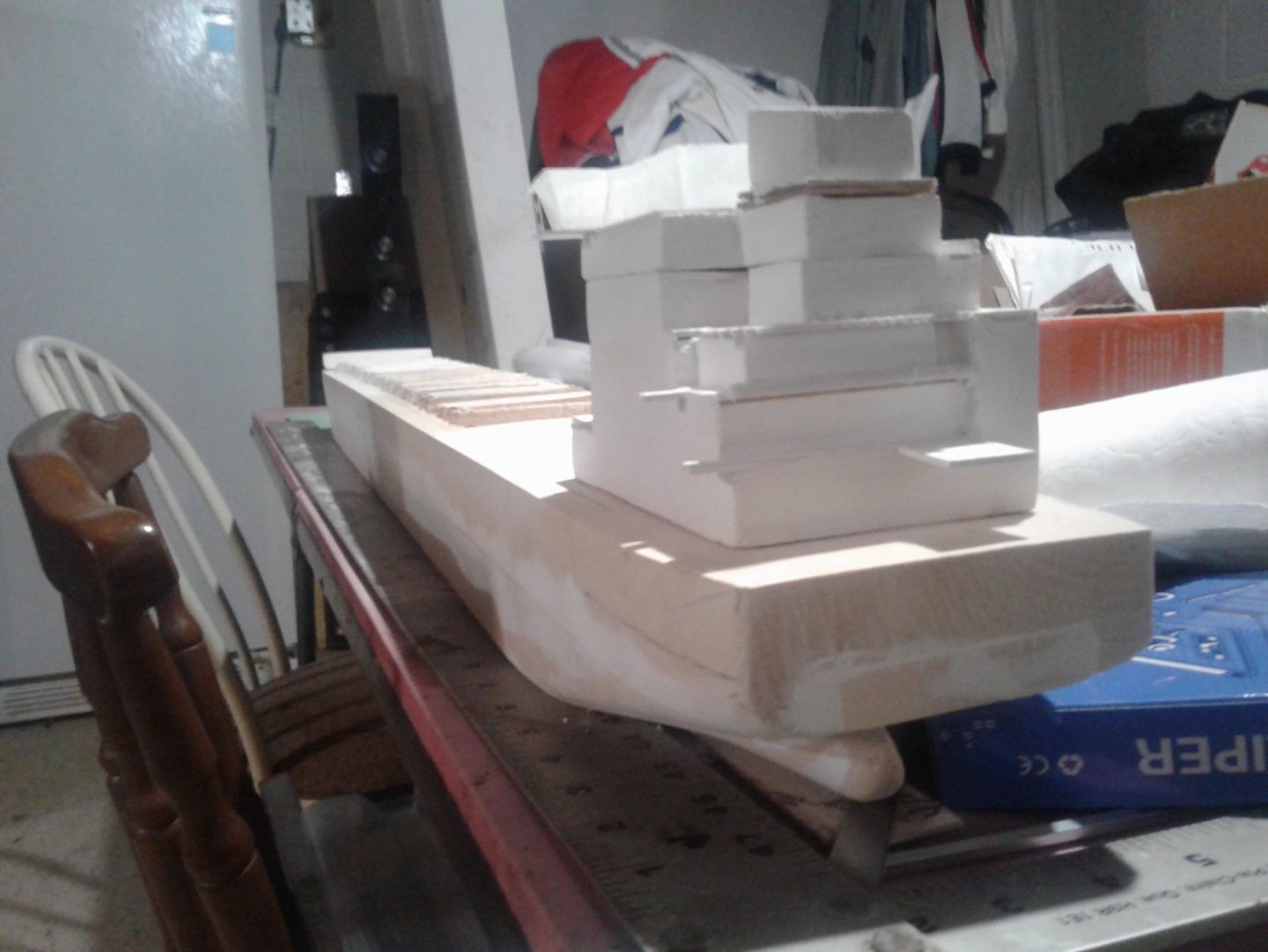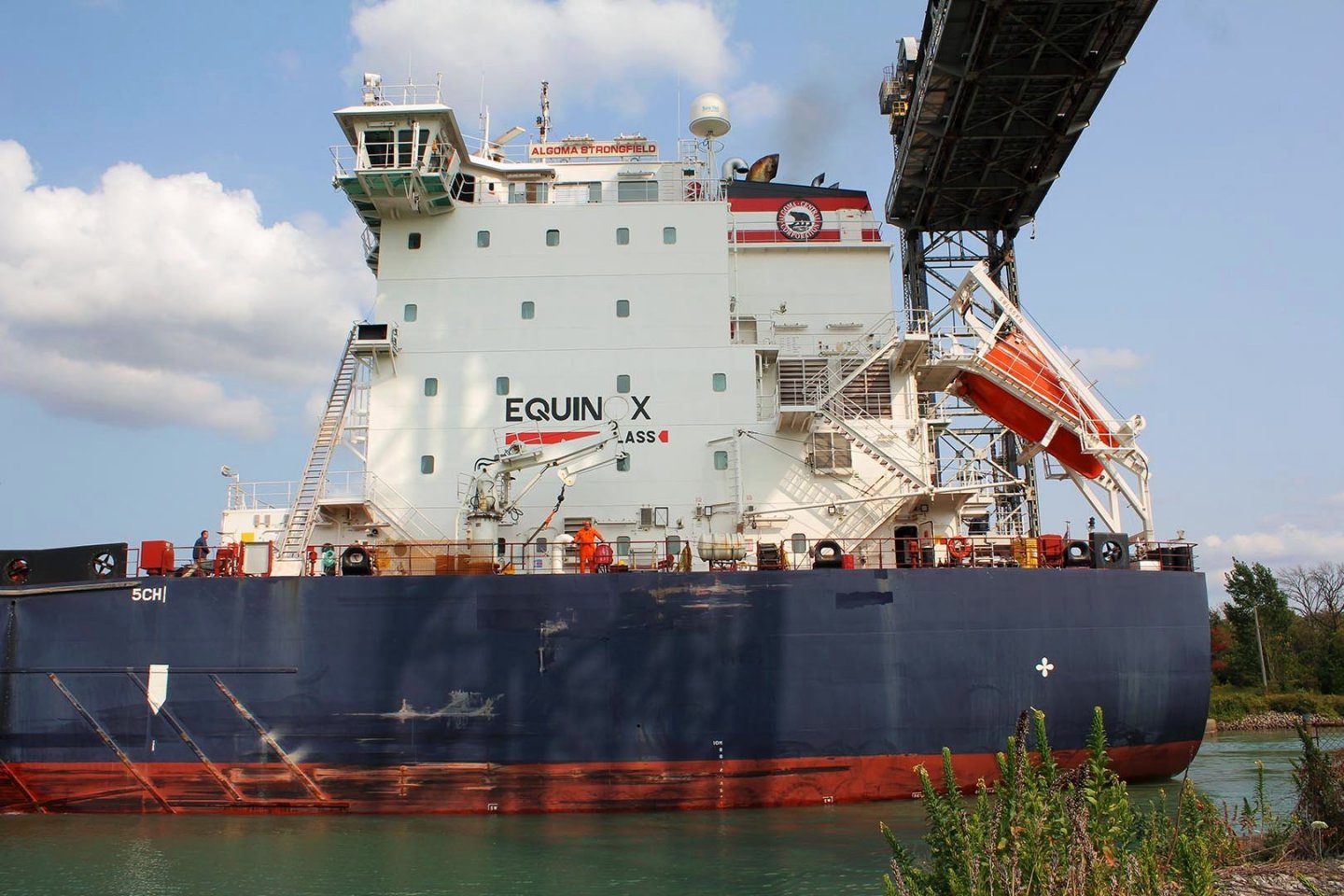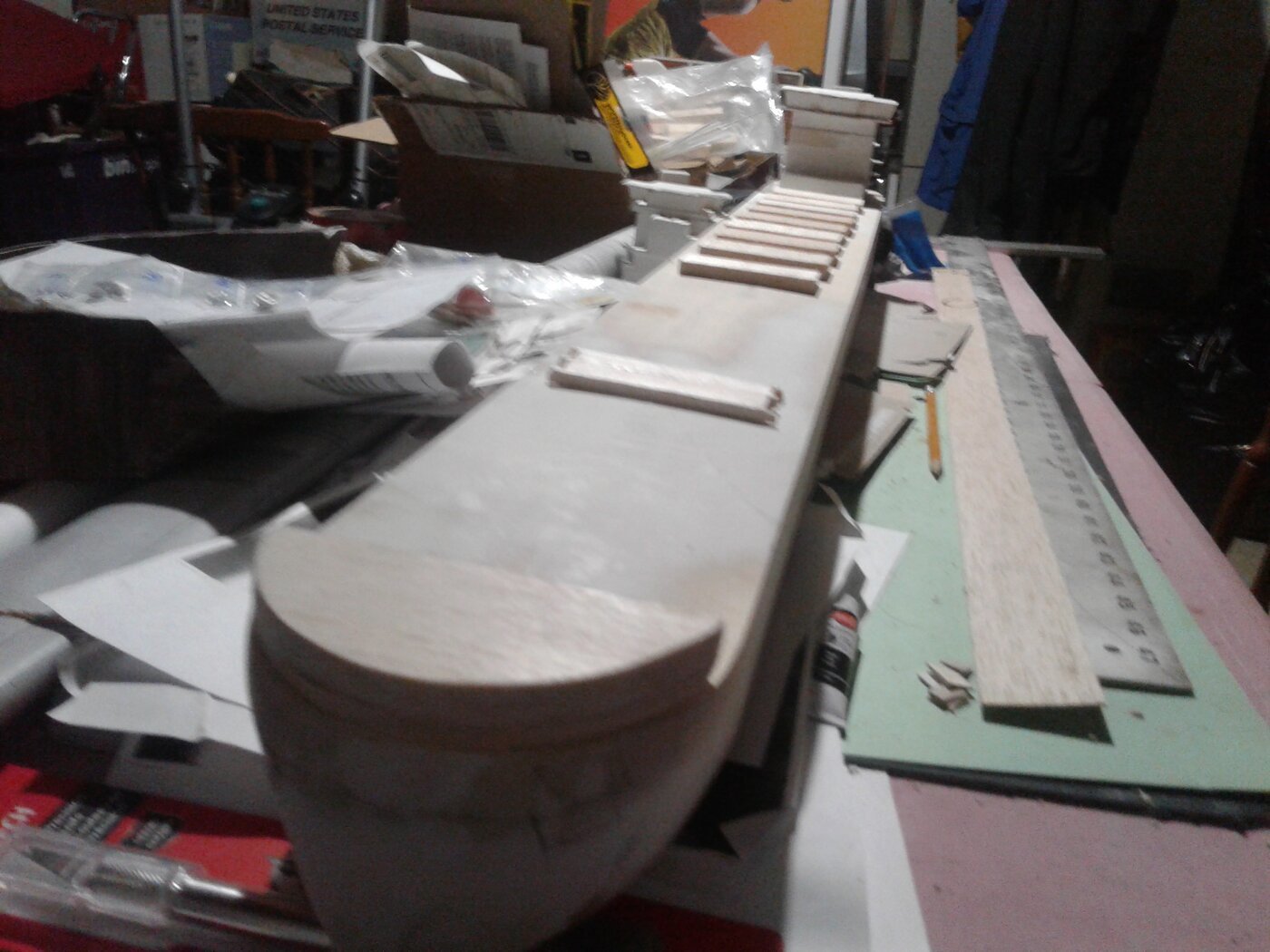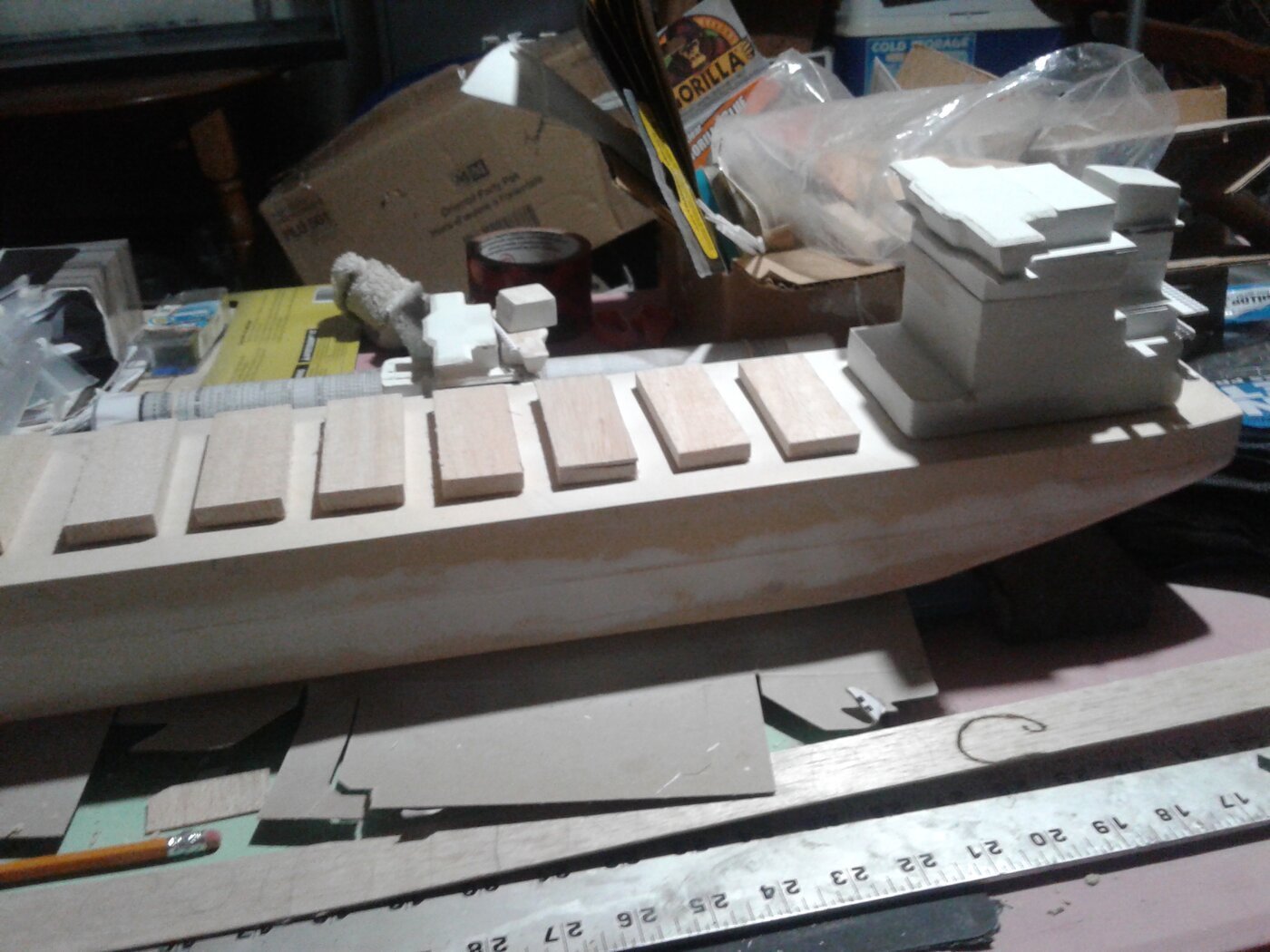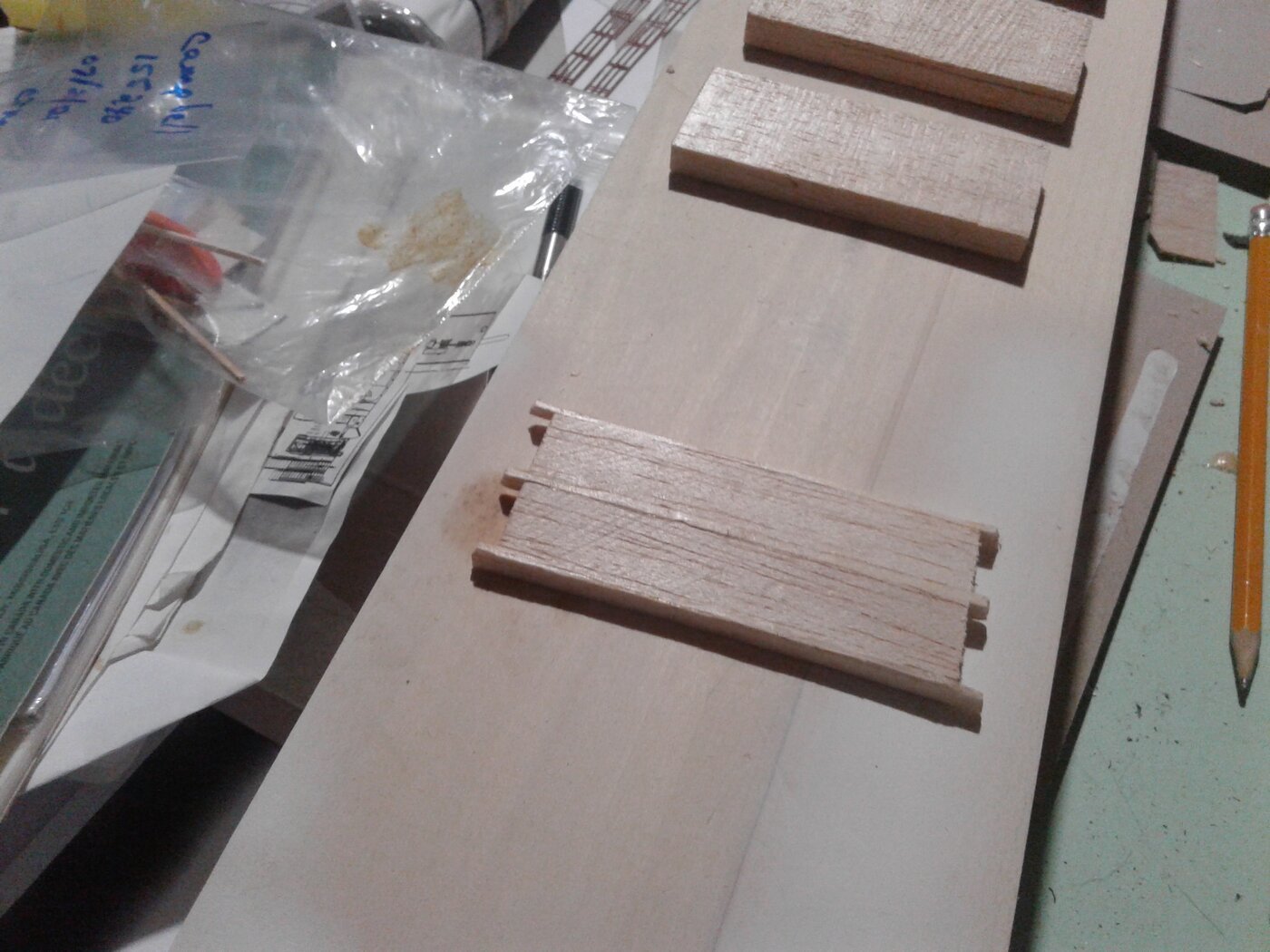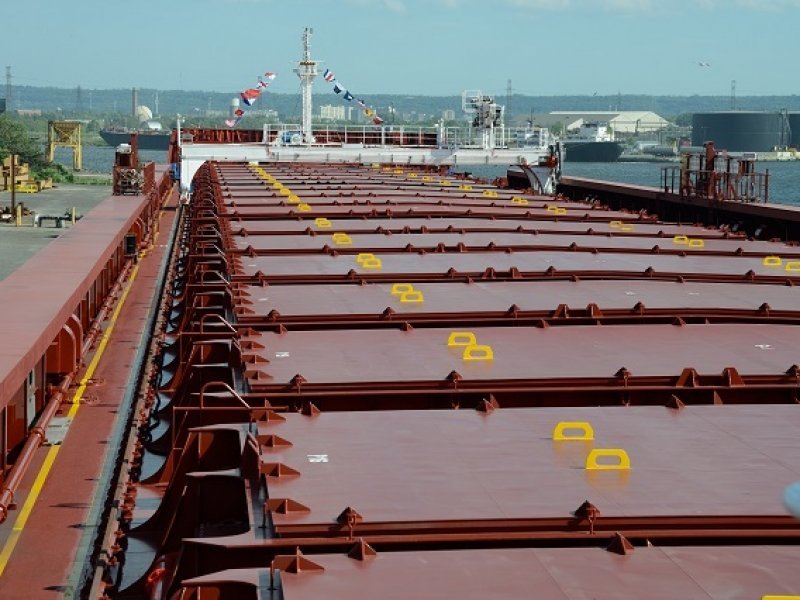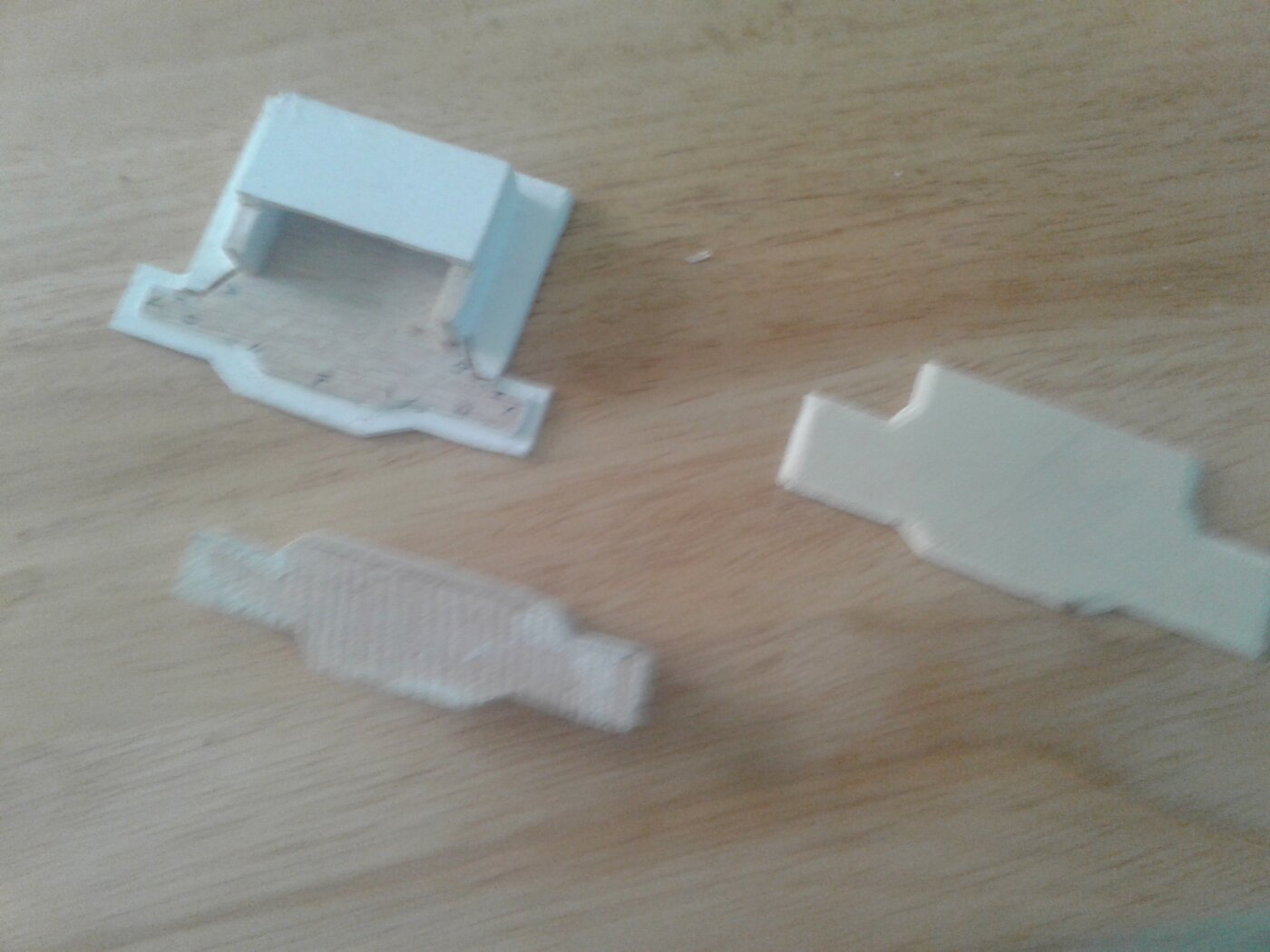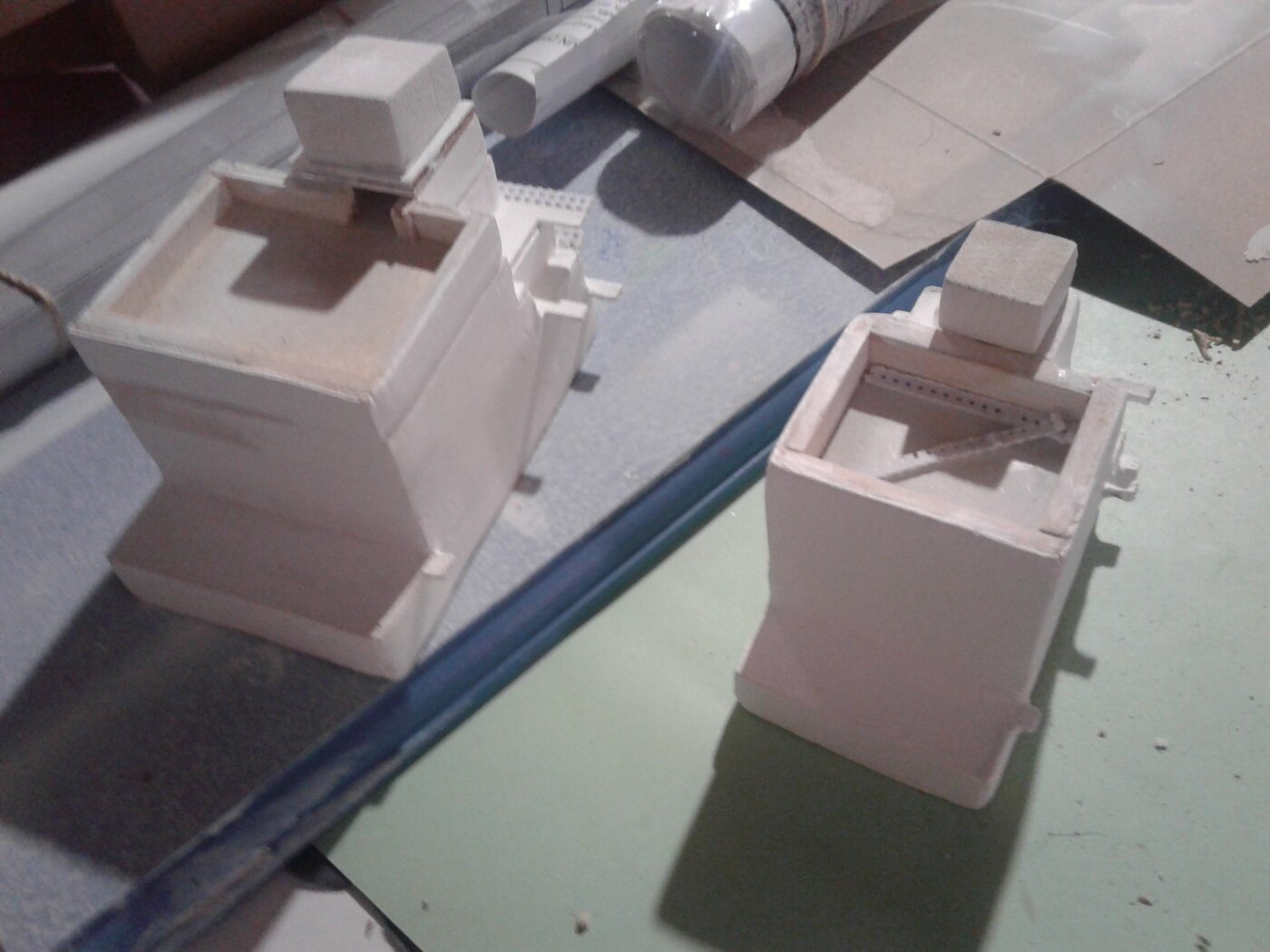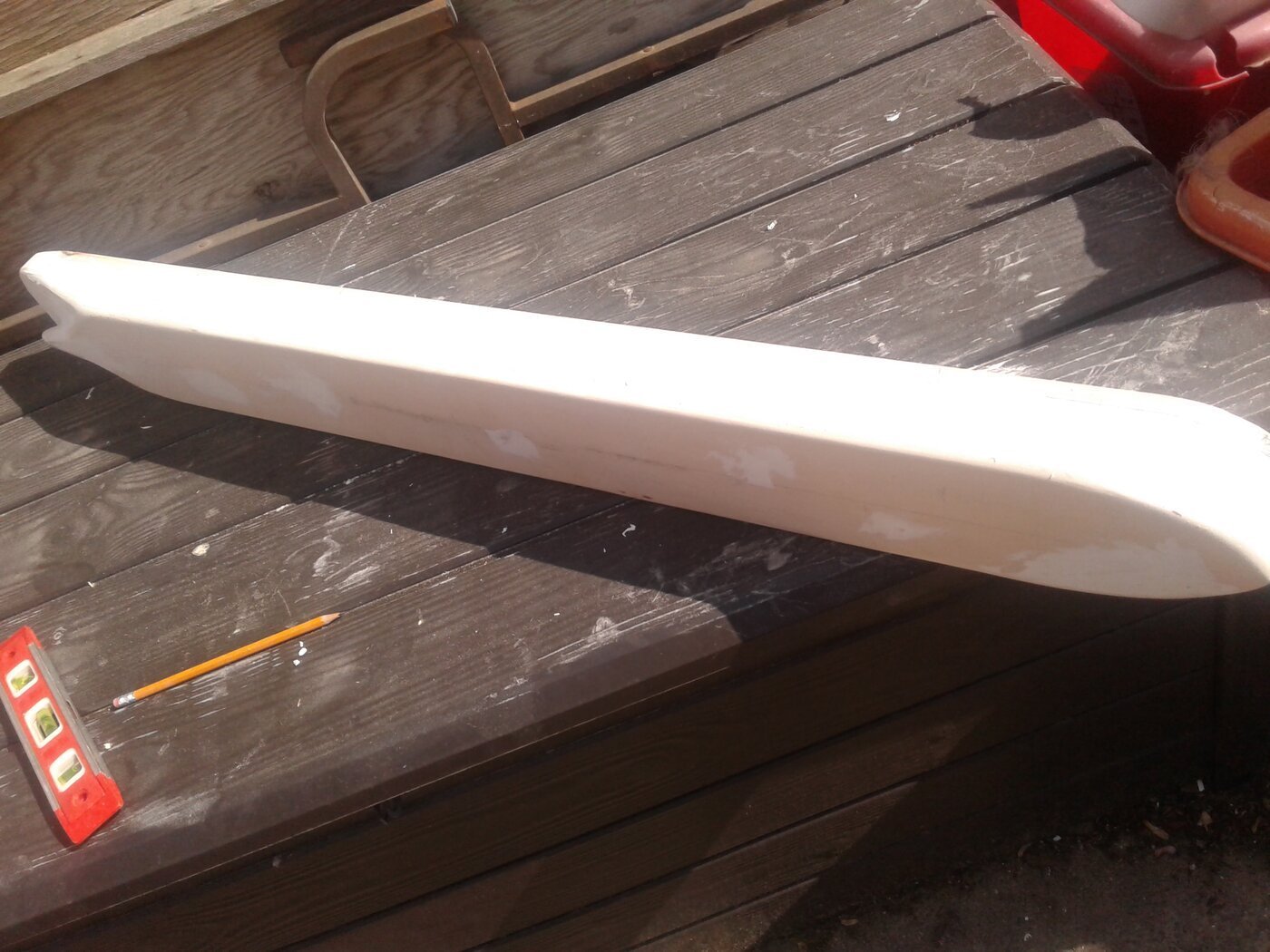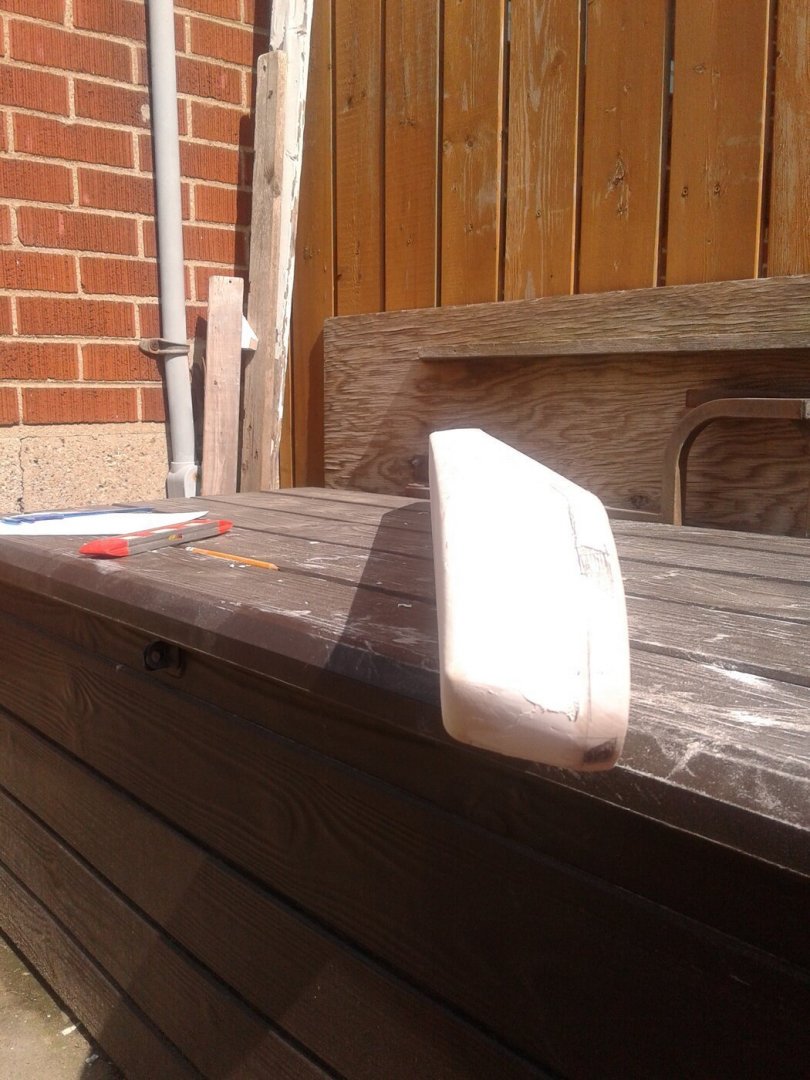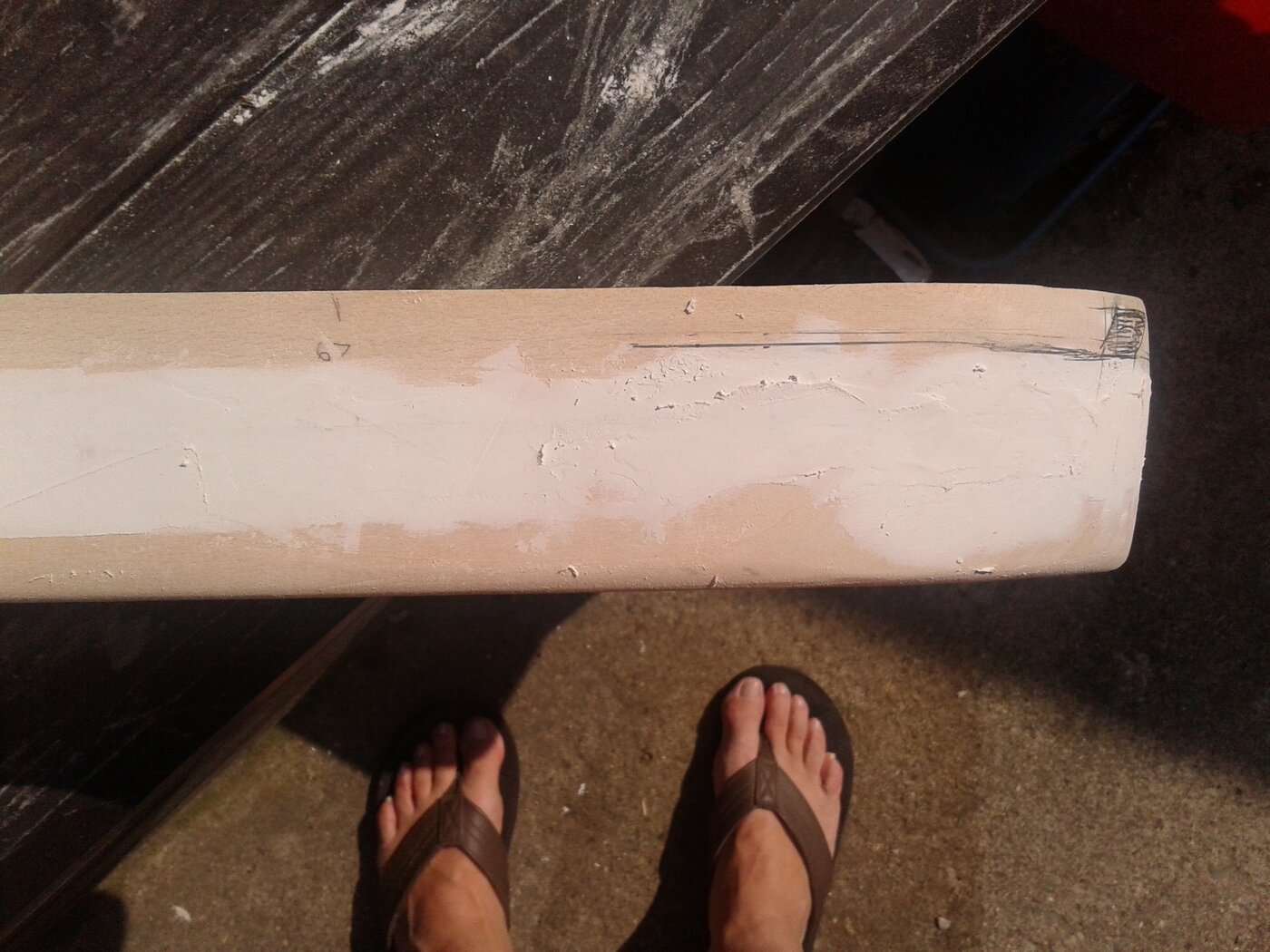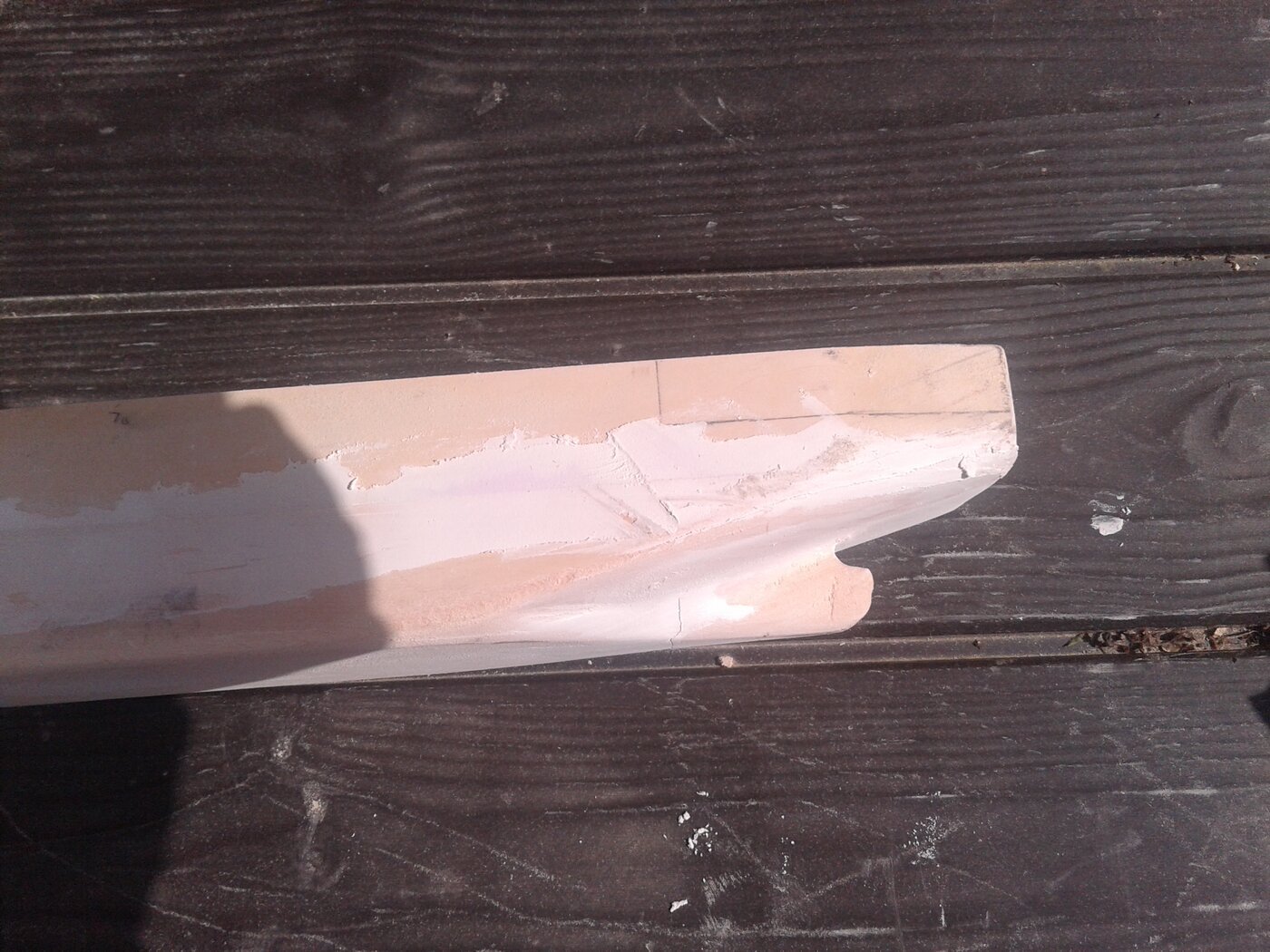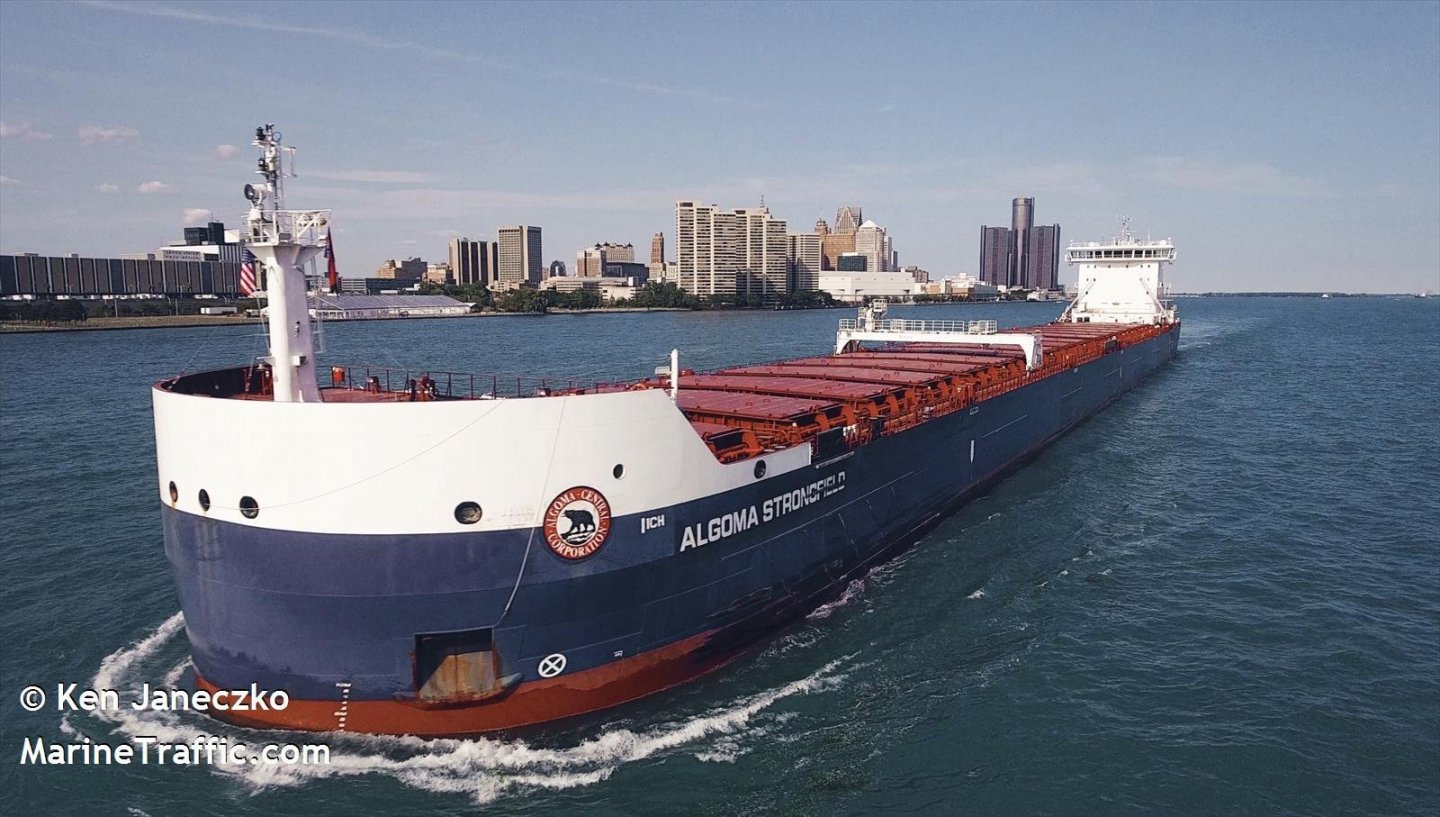-
Posts
320 -
Joined
-
Last visited
Content Type
Profiles
Forums
Gallery
Events
Everything posted by JKC27
-
Found a link to this podcast in my Twitter feed. Apparently it was released in June 2020, but thought there would be some here would find this interesting. from www.saveontarioshipwrecks.ca: The Shickluna Shipyard operated from 1838 to 1891 along St. Catharines’ Twelve Mile Creek. Due to several factors including the digging of “Mr. Merritt’s ditch” (which was the 3rd Welland Canal), the building technology from wood to metal, and the increased size of the canal runner boats that could not travel up canal 2, the shipyard ran into disuse. https://stcatharinesmuseumblog.com/2021/11/03/vmls-via-podcast-archaeology-of-a-19th-century-shipyard/
-
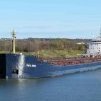
Three 1800s-era shipwrecks discovered in Lake Superior
JKC27 replied to JKC27's topic in Nautical/Naval History
Apparently the museum in Michigan (Soo) is pretty good. Never been up that way yet on either side of the border. -
Thought this would spark some interest, as divers have found and confirmed 3 wrecks from the 1800s at the bottom of Lake Superior. Located to the west of the Whitefish Bay area where the Edmund Fitzgerald was lost in a major storm in November 1975. Three 1800s-era shipwrecks discovered in Lake Superior
-
Haven't worked on this in a while but had time to toy with the hatches. My wife suggested I leave one open so looks pretty good i think. Took way longer than i thought, but once fine tuned should be good. Picked a superbcom0lex ship for my first big build! Also thank you to @henrythestaffy for help with my nav deck. Needs to be painted but looks great.
-
Been really tinkering with the hatches, and think I've come up a set of 17 for this finally. Will add pictures when I get a chance. One thing I have really been pondering is to start the stern castle structure over again using .040" styrene, instead of painted balsa. I picked up 2 sheet yesterday from a local shop. See posts 3 and 4. Where I am with this now looks OK, but I think using styrene will make it look much better, plus I can cut out the windows somehow too. The balsa is so soft when it is in strips like this. I'd still have to do it one deck at a time, but if you look at a close up of the real ship, it does have those "lines" separating the decks....
-
A belated welcome aboard fellow Ontarian!
-
Welcome Mark......another somewhat Great Lakes area builder!
-
I think a lot of the gearless (flatbacks) also do the grain runs from Thunder Bay to Quebec as well. My customer through work who does electrical parts mostly for Algoma was telling me how much value the grain runs especially after harvest are to the companies. Think about it....they go full from TB to Quebec and empty back to TB. You wouldnt see a truck do return trip empty.
-
@Roger Pellett Interlakes new build is coming along. Will look a lot like Algoma's new river class ships...see Algoma Intrepid. The 3 fins on each side of the hatches is different and challenging. There is also piping running along both sides too going thru the fins. Have to decide how much I want to try to include. Hatch crane clips on top probably won't happen....too small at that scale. Canada Steamship Lines new Trillium class ships don't have hatch combings like Algoma's.
-

Anyone out there working on a card model?
JKC27 replied to gagliano1770's topic in Card and Paper Models
I have actually considered doing a card stock paper scratch build. Just have problems darkening the lines drawings for the plans got. Plus I have a couple builds going on right now so........time. -
Here are more details of my build as it stands. Bulwark at front will be styrene attached to the wood with appropriate openings cut out. No idea how I am going to tackle the complex hatches - close up of the real ones are in this group. Windows on the bridge deck are going to be a big challenge too, and I posted about this in a different post.
-
Seeing as I started this and didn't post a log from the start, here is the catch up version. Using solid basswood for the hull. 740ft ship at 1:200 scale makes this about 44" long, and about 4.5" wide. I have a set of drawings for this ship, that are actually shipyard drawings, but there are no lines drawings, and not sure if they even exist. This wasn't too much of an issue because it's a pretty simple shape. I had to join 2 pieces of basswood together as I was limited to what size I had available locally, and there are no balsa suppliers anywhere near me that have blocks this big. Superstructure/stern castle is made of balsa, made one deck at a time to allow for walkways, ladder access, etc. Seems like this has worked good so far. Because this the latest/greatest modern ship on the lakes, a lot of things like the hatches are super complex, so not sure how I am going to tackle the details to make them look authentic - you can see the pic in the first post what I am talking about, or can browse pics of the ships of this class on www.boatnerd.com, or the company site www.algonet.com
-
Here is my second lake freighter in progress. The following is taken from boatnerd.com and gives a brief run down on this new class of bulk carrier. Picture is actually taken along the Detroit River where I live 2 blocks from. The Algoma Central Corporation has been engaged in an ambitious fleet renewal program. The fleet has ordered five new ships capable of Great Lakes service and will manage two others of this Equinox Class for the Canadian Wheat Board. All are being built overseas in China. Algoma Equinox is the first of the new Equinox Class of Great Lakes freighters built for the Algoma Central Corporation. It was constructed by Nantong Mingde Heavy Industries Stock Co. of Nantong City, China. The 740 foot long by 78 foot wide gearless bulk carrier was launched on December 24, 2012, and sailed for Canada on October 1, 2013. This vessel, and its sister-ships, operate with a 45 percent improved energy efficiency and can carry 20 percent more cargo. It also has a much lower fuel consumption with the benefit of a 97 percent removal of sulphur oxide emissions. Highly automated, the ship can operate with as few as 18 sailors. After crossing the Pacific and passing through the Panama Canal, Algoma Equinox loaded iron ore while inbound at Port Cartier, Quebec. The ship was upbound through the Seaway for the first time on December 3, 2013, and headed to Hamilton to unload at Arcelor Mittal (Dofasco). It then sailed to Superior, and loaded ore for Cliffs Natural Resources in Quebec City. The ship spent its initial winter in Toronto and then received the top hat in a ceremony at Lock 3, St. Catharines, Ont., as the first ship of the 2014 navigation season to use the Welland Canal. After being part of the battle with late winter ice, Algoma Equinox headed to Lake Superior in convoy and with ice-breaker assistance. But as the ice melted, the ship soon settled in on the Seaway ore and grain trades and will hopefully be a regular trader on the inland seas for many years to come. Here is the one of her sister ships sailing on the Detroit River and am hoping to come up with a reasonable scale model...
-
Had a problem logging for a while, but figured it out! Will be posting some updates this weekend hopefully. Did not get much model work done this summer - just too many other things going on. Plus I started a new build, which I will post on here an update where I am at. Had a fittings issue, where the fittings I ordered got lost in the mail twice, so basically any builds stopped for probably 2 months!
-
Been a boatnerd my whole, living near the Detroit River - St. Lawrence Seaway, and also a major port on the seaway. However.......my quest to find models of these kinds of ships is like finding a hay colour needle in hay stack. Or a looking for a non-existent needle is more like it. I've learned that basic model kits like you'd find for famous warships or Titanic, just aren't, and never were made for your everyday merchant ships that carry grain and iron ore. Likely, it's such a niche area of interest, manufacturers figure there isn't a market, well there is! I suppose it could be licensing/rights/etc. So.....now me, current mid 40s boatnerd, decided to do it myself, after talking to many people online and at local hobby shops - every person says "scratch built", so I found this site as an extra added resource - and it's fantastic despite having not a lot of the same ship model that I want to do. However, that doesn't mean you don't have access to a wealth of information from other modellers builds. I have been able to take ideas/advice from members on here that have helped me tremendously. The key part is doing research - especially for new modeller. That doesn't mean start too easy, but look at pictures, read up on the ship(s), look at what materials you might want to use and of course have access to. Also for tools - don't go and spend a ton of $ (if you don't really have it) for a bunch of tools that you might not end up using if you don't carry on with this hobby. This is a very rewarding hobby, and can get quite expensive too. Also, don't rush your build, especially your first one. Make the best of your time, don't be scared to make mistakes or be anxious of not having a museum quality model with your first attempt (or 2 or more). One word of caution I wish I could go back and give myself.....be careful when acquiring plans/prints - only get/process what you need! I got an amazing resource of shipyard plans for my next build - didn't take the time to go through the prints and brought them to a local shop to have 2 copies printed. Well let me say this....... I nearly fell on the floor when I went to pick them up and saw the invoice. There were so many rolls of plans I had to have the worker help me take them to my car!!!!! My wife, who totally supports my hobby(ies) understood and didn't make me sleep in the garage for a month. My excitement got the best of me. Then to have the lady at the print shop say she thought I was building a huge ship locally and I worked for a shipyard or engineering firm.......well guess what lady - I know your staff thought my plans were super cool - but there are no shipyards within 400km of me to undertake such a project! Really though - the most important thing is - don't give up on it, and have fun with it - enjoy your hard work and creativity.
-

Naparima by Kevin Kenny - FINISHED
JKC27 replied to Kevin Kenny's topic in - Build logs for subjects built 1901 - Present Day
Fantastic - this is the kind of work I strive for as I am getting into this world of model ship building. -
Here is a late Hello and Welcome to the forum from SW Ontario! Great resources and members here.
-
Will be posting some updated pics soon. I've got the paint on as per the plans, as well as ref photos. Just some comments on my first build: 1) Always double check your plans for accuracy! I got excited/impatient to get going and so far into my build when I realized the person I got the plans off, must have scaled them down so they fit on an easily reproducible size of paper. Instead of being a true 1/16" - 1ft scale, they are probably about 20 - 25 % smaller than that. Model is supposed to be approx 46 inches, but is more like 34 inches. Makes it a pain to find fittings in appropriate size. Beginners mistake! 2) Get input on areas (on here or wherever) for using materials you are not familiar with or haven't worked with. eg. I tried to use .030 styrene parts of my pilot house area and bulwarks/trim. It does not bend easily and is very brittle. Moved down to .020" and so much easier to work with. 3) Patience is key. I am taking my time, not rushing, and learning new skills/methods. Also to this point......I lack a few more important tools such as a bandsaw, so learning to improvise with what I have, or to ask my wife for for Xmas this year. 4) Don't be scared to borrow/use methods of those you have gone before you. Perfect example.....I found this build https://modelshipworld.com/topic/15581-ss-michelangelo-1962-by-shipmodel-finished-1350-scale/ and it helped me for making the front bulwark and for sure for my next build - so thank you to this member. What a great time I've had with this....I find that if I can't squeeze in some build time on a day that I feel like I wasted some time. I am going to "make it work" on some of the finer details, mostly due to point #1. I will have to leave things out too, as I don't have access to the correct parts, nor the skills/materials/tools to construct them, especially at how small they have to be. Remember, this is a 730 ft ship being shrunk to about 34 inches....those are some really smaller bollards, etc! I already have 2 more sets of plans in my possession for my next 2 builds. One set is even of a class of ships just built in the last 10 years for the Great Lakes. She is certainly not going to be museum quality, but something I know I will be proud to display and strive to make my next one better. One last comment for this post.... and I know I mentioned in my intro post or another one, Great Lakes freighter stuff is HARD to find. Fittings from places like Tom's or Bluejacket (and others) are not really in the freighter market. Yes, a lot of fittings are pretty general, but many you just have to wing it. I could not find a lot of parts I needed in the right scale, or at all ( like a 4 blade prop small enough! ).
-

Lettering options (easy)?
JKC27 replied to Brewerpaul's topic in Painting, finishing and weathering products and techniques
Kitkraft has dry rub lettering that are supposed to be easy to use
About us
Modelshipworld - Advancing Ship Modeling through Research
SSL Secured
Your security is important for us so this Website is SSL-Secured
NRG Mailing Address
Nautical Research Guild
237 South Lincoln Street
Westmont IL, 60559-1917
Model Ship World ® and the MSW logo are Registered Trademarks, and belong to the Nautical Research Guild (United States Patent and Trademark Office: No. 6,929,264 & No. 6,929,274, registered Dec. 20, 2022)
Helpful Links
About the NRG
If you enjoy building ship models that are historically accurate as well as beautiful, then The Nautical Research Guild (NRG) is just right for you.
The Guild is a non-profit educational organization whose mission is to “Advance Ship Modeling Through Research”. We provide support to our members in their efforts to raise the quality of their model ships.
The Nautical Research Guild has published our world-renowned quarterly magazine, The Nautical Research Journal, since 1955. The pages of the Journal are full of articles by accomplished ship modelers who show you how they create those exquisite details on their models, and by maritime historians who show you the correct details to build. The Journal is available in both print and digital editions. Go to the NRG web site (www.thenrg.org) to download a complimentary digital copy of the Journal. The NRG also publishes plan sets, books and compilations of back issues of the Journal and the former Ships in Scale and Model Ship Builder magazines.




